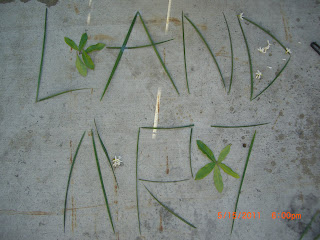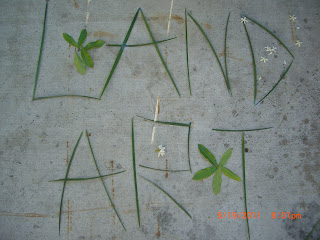Robert Smithson (1938–1973) was born in Passaic, New Jersey and studied painting and drawing in New York City. He was an American artist famous for his land art. His early exhibited artworks were collage works influenced by "homoerotic drawings and clippings from beefcake magazines", science fiction, and early Pop Art. Smithson became particularly interested in the notion of deformities within the spectrum of anti-aesthetic dynamic relationships which he saw present in the Picturesque landscape. He claimed, “the best sites for ‘earth art’ are sites that have been disrupted by industry, reckless urbanization, or nature’s own devastation. it was not necessary that the deformation become a visual aspect of a landscape; by his anti-formalist logic, more important was the temporal scar worked over by natural or human intervention. Other theoretical writings explore the relationship of a piece of art to its environment, from which he developed his concept of sites and non-sites. A site was a work located in a specific outdoor location, while a non-site was a work which could be displayed in any suitable space. In 1971 he created Broken circle, Spiral Hill for the exhibition for the Sonsbeek'71 art festival at Emmen, the Netherlands.
His land- art piece seems hard for me to understand its meaning. I quite don't like it much. I think it is a concept of site and space. But I kindda admire him since he uses his writing along to make his artwork, which is really cool.




















